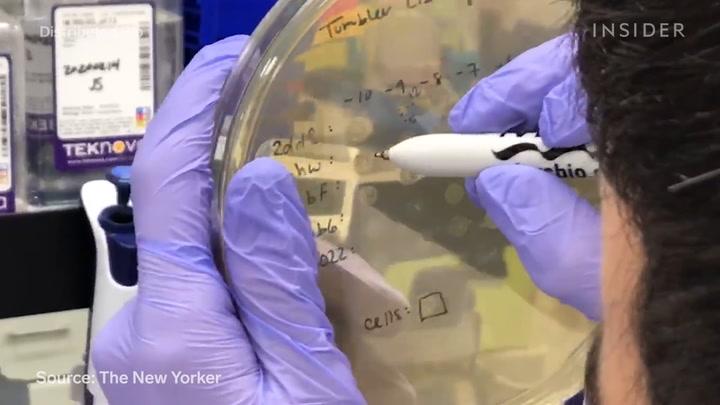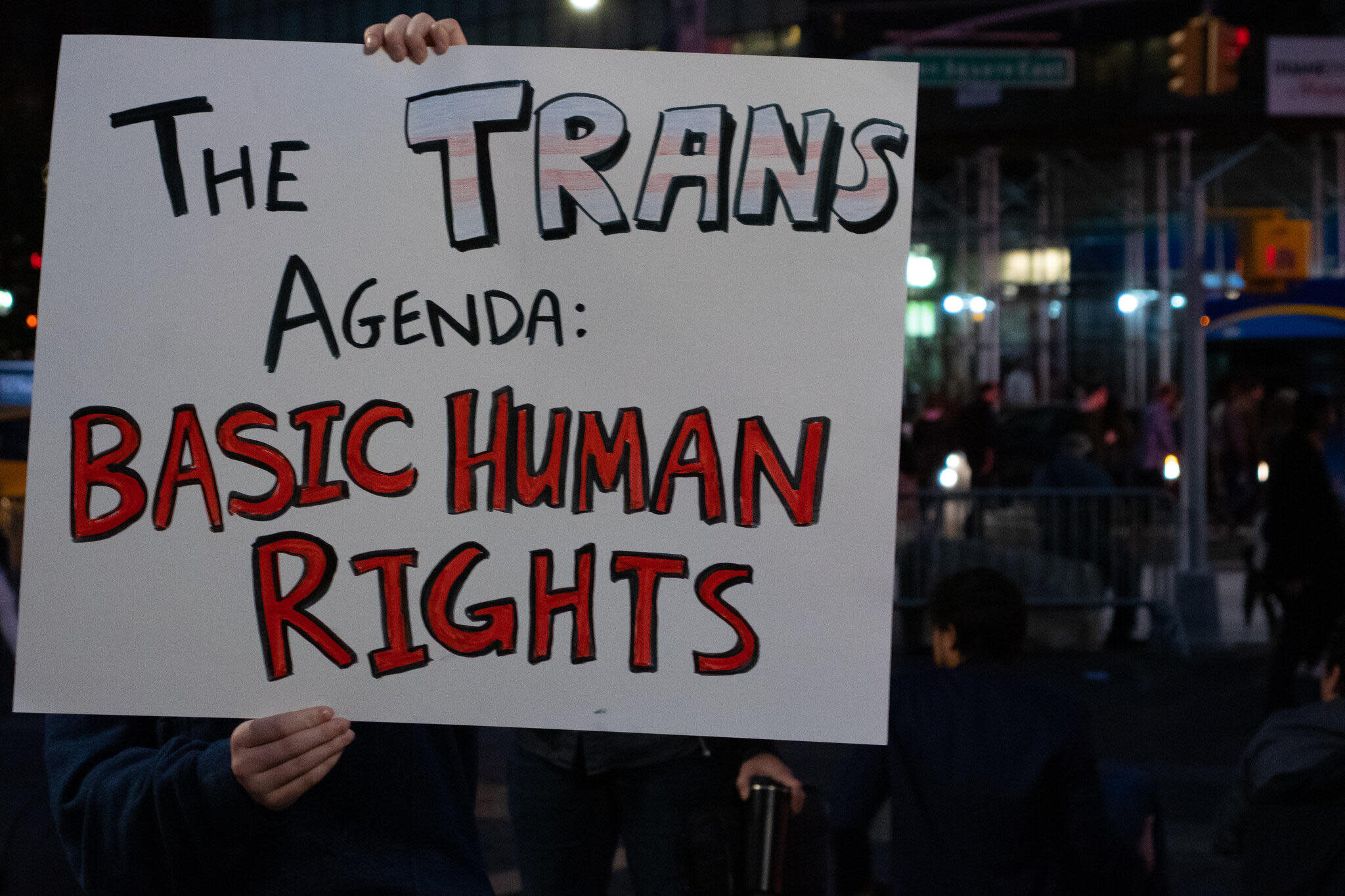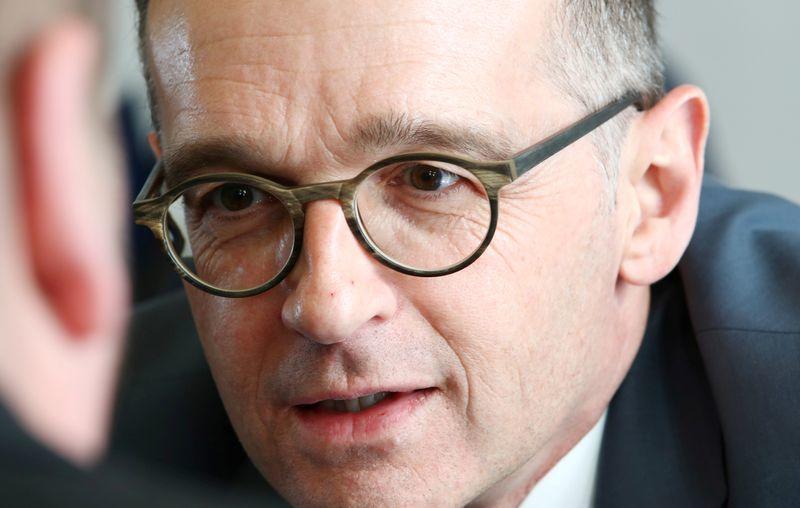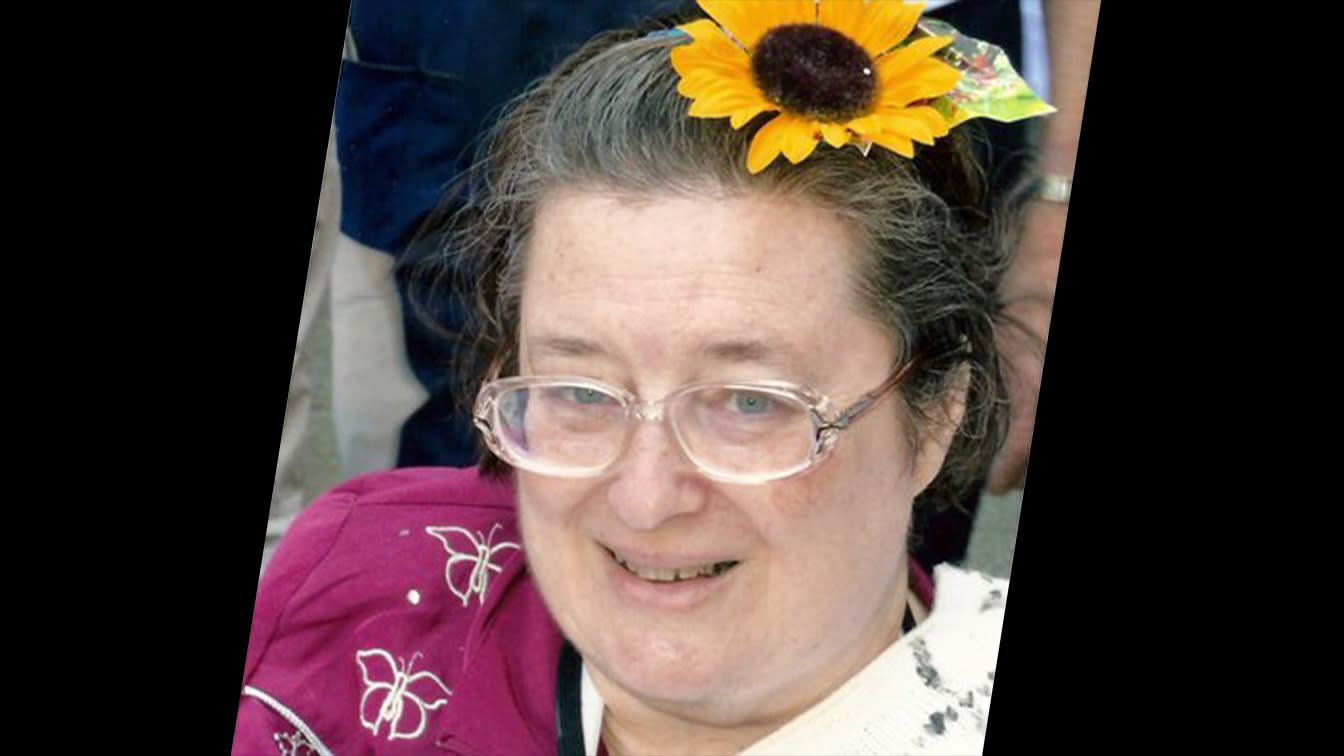Alexander Nazaryan National Correspondent,Yahoo News•April 10, 2020
Trump says U.S. may cut funding for WHO because it’s ‘China-centric’
At Friday’s coronavirus task force press briefing, President Trump explained why the U.S. is looking at cutting funding for the World Health Organization, accusing the global body of being “China-centric.”
WASHINGTON — Reprising the skeptical tone he has applied to the United Nations and the North Atlantic Treaty Organization, President Trump accused the World Health Organization of helping China conceal the number of its citizens that have been infected by the coronavirus.
“I do believe they knew,” the president said at Friday’s briefing of the coronavirus task force, suggesting that the WHO was aware that China was not being truthful about the scope of COVID-19 infections. “But they didn’t want to tell the world. And we’re gonna get to the bottom of it.”
Trump did not provide evidence to support his assertion, but he made clear that the international public health organization would remain a primary target in the coming days. “We're going to talk about the WHO next week in great detail. I didn't want to do it today, Good Friday. I didn't want to do it before Easter, and also didn't want to do it before we have all the facts,” he said.
Friday’s comments came during a week in which Trump has repeatedly blamed the WHO for improperly handling the coronavirus pandemic. On Tuesday, he said that the WHO was “very biased toward China.”
Trump has said he wants to put a hold on U.S. funding to the WHO, although when or how he intends to do so remains unclear (funding is appropriated by Congress). The United States contributed $893 million to the WHO for its current two-year funding period, while China’s latest contribution was $86 million.
“We’re paying them more than 10 times more than China,” the president said. “And they are very, very China-centric.”

President Trump and WHO Director-General Tedros
Adhanom Ghebreyesus. (Jim Watson/AFP via
Getty Images, WHO video via AFP/Getty Images)
The source of Trump’s irritation appears to be that the WHO did not endorse his restriction on travel from China to the United States, which he implemented on Jan. 31. Four days before that, a WHO guidance advised against “unnecessary restrictions of international traffic.”
More broadly, the president appears to be annoyed that the WHO has generally praised China’s response to the pandemic, which originated within its borders, in the southeastern city of Wuhan. Praise for China has indeed been fulsome from WHO officials. Dr. Bruce Aylward, a Canadian epidemiologist who led the WHO team in China, told Yahoo News that if he were to get infected by the coronavirus, he would seek treatment in China.
“They know how to keep people alive,” he said.
Aylward added, however, that Chinese epidemiologists learned much of what they know from American counterparts at the Centers for Disease Control and Prevention.
Praise for China has irked some in the United States, Trump’s allies in particular. They believe that Trump has been unfairly maligned while China has been unfairly celebrated. “Instead of acting in the best interest of our global health, the WHO has served as a propaganda arm for the Chinese government,” Sen. Martha McSally, R-Ariz., wrote on Twitter earlier this week. She said she supported a funding freeze.
Sen. Ted Cruz, R-Texas, has also criticized the WHO for what he perceives as its overly solicitous attitude towards China.
Earlier this week, Trump also charged that the WHO “minimized the threat very strongly.” That appears to be a reference to a Jan. 14 tweet from the WHO that declared that “Chinese authorities have found no clear evidence of human-to-human transmission.” That would prove an incorrect assertion. Trump has also made false assertions about the coronavirus, including that it would vanish of its own accord.
The source of Trump’s irritation appears to be that the WHO did not endorse his restriction on travel from China to the United States, which he implemented on Jan. 31. Four days before that, a WHO guidance advised against “unnecessary restrictions of international traffic.”
More broadly, the president appears to be annoyed that the WHO has generally praised China’s response to the pandemic, which originated within its borders, in the southeastern city of Wuhan. Praise for China has indeed been fulsome from WHO officials. Dr. Bruce Aylward, a Canadian epidemiologist who led the WHO team in China, told Yahoo News that if he were to get infected by the coronavirus, he would seek treatment in China.
“They know how to keep people alive,” he said.
Aylward added, however, that Chinese epidemiologists learned much of what they know from American counterparts at the Centers for Disease Control and Prevention.
Praise for China has irked some in the United States, Trump’s allies in particular. They believe that Trump has been unfairly maligned while China has been unfairly celebrated. “Instead of acting in the best interest of our global health, the WHO has served as a propaganda arm for the Chinese government,” Sen. Martha McSally, R-Ariz., wrote on Twitter earlier this week. She said she supported a funding freeze.
Sen. Ted Cruz, R-Texas, has also criticized the WHO for what he perceives as its overly solicitous attitude towards China.
Earlier this week, Trump also charged that the WHO “minimized the threat very strongly.” That appears to be a reference to a Jan. 14 tweet from the WHO that declared that “Chinese authorities have found no clear evidence of human-to-human transmission.” That would prove an incorrect assertion. Trump has also made false assertions about the coronavirus, including that it would vanish of its own accord.













